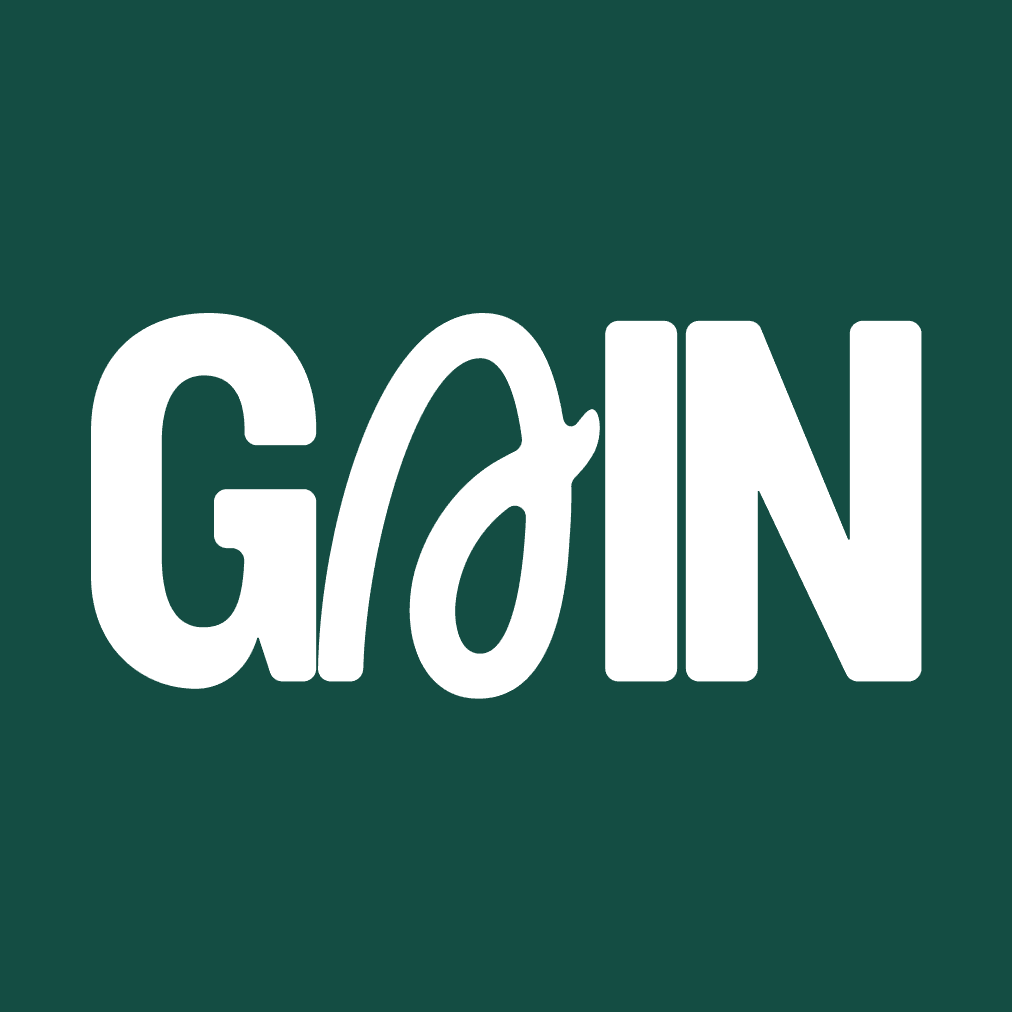Neil
In crypto, stablecoins are no longer passive stores of value, they’re energy credits waiting to be activated. And what you do with them determines whether you’re dimming their potential or lighting up the entire grid.
Today, most users lend stablecoins. It’s a familiar move; deposit into Aave or Compound, earn a trickle of interest, and go back to sleep. But there’s a smarter, more dynamic system emerging, i.e. restaking. It’s not just about earning more, it’s about plugging your capital into the power lines of the modular blockchain economy.
Batteries Not Bricks
Let’s reimagine stablecoins as batteries, i.e. units of stored power. If you lend them out, it’s like leasing your battery to power a single lamp. You get paid steadily, but the energy only flows one way, to one endpoint.
Restaking, however, wires that same battery into a smart grid. Now, your charge helps run everything from streetlights to sensors to data routers. You’re not powering one device, instead, you’re powering an entire city. That’s the shift we’re seeing with USD1 and KernelDAO, a move from static lending to intelligent, multi-layer deployment.
The Lending Model Is Dimming
For years, lending was the backbone of passive income in crypto. You deposited stablecoins into lending pools, and borrowers paid you interest. It was simple, predictable, and reasonably safe. But as the DeFi space matures, lending has started to lose its edge.
Rewards have compressed significantly. Lending stablecoins in mid-2025 often returns just 2–4% annually. In the meantime, your capital sits locked, with no secondary utility or flexibility. The returns you earn depend entirely on borrower demand, i.e. if it drops, so do your earnings. Lending today is like storing your battery in a warehouse where someone occasionally picks it up to power a fan. Most of the time, it’s just collecting dust.
Restaking Powers the Grid
Restaking flips that dynamic entirely. When you restake your USD1 through KernelDAO, you’re not just lending to one party, you are plugging into a decentralized energy grid that spans rollups, oracles, data layers, and more. Your capital becomes restaked USD1, a liquid, composable version of USD1 that stays connected to live, paying infrastructure.
Instead of being tied to a borrower, your stablecoins now secure multiple decentralized validator networks (DVNs). Each DVN pays you to participate. Your battery isn’t just in use, it is in demand. As more services need to run, your restaked USD1 becomes more valuable, because it supplies the capital they rely on to operate securely.
Restaking Outperforms Lending
First, let’s talk numbers. Lending Rewards today average around 3% APY, while restaking gives you 2% extra approximating to around 5% returns, depending on validator selection and DVN activity. That’s more than double the return in many cases and unlike Reward farming, these rewards aren’t propped up by token emissions. They’re paid out directly by protocols for securing live infrastructure.
Second, restaked USD1 stays liquid and composable. You’re not just locking up funds, you’re creating a Reward-bearing, composable asset. You can LP it on Curve or Balancer. Use it as collateral in money markets. Stake it in structured products. While your capital works behind the scenes securing networks, it also remains available to plug into other Reward strategies. Lending, by contrast, parks your battery in one socket. Restaking turns it into a power strip.
Then there’s the matter of risk. Restaking does carry potential risks; misbehaving validators, smart contract vulnerabilities, or service downtimes. But protocols we are building safeguards; algorithmically selected and audited validators, developing slashing insurance pools, and carefully curated whitelists for DVNs. These steps distribute risk across the system rather than concentrating it in a single borrower’s repayment. It’s not about eliminating risk, but about engineering smarter exposure.
Perhaps most importantly, restaking decouples your rewards from borrower behavior. Lending requires demand. No one is borrowing? No earnings. But restaking is tied to the activity and uptime of decentralized infrastructure. If a rollup is running or an oracle needs validation, it pays. If more services enter the network, they compete for your capital and your rewards go up. Your reward now flows from the pulse of the protocol layer, not market moods.
Let’s Put This Into Practice
Imagine depositing 10,000 USD1 into KernelDAO. It becomes restaked USD1, and the protocol allocates it across three DVNs: a rollup sequencer, a decentralized oracle, and a data availability network. Each pays out around 0.5% APY or 50 basis points. Your base Reward sits at around 8%.
Now, you LP that restaked USD1 in a stablecoin pool on Curve, earning another 3%. Total blended APY? Around 11%, with no leverage and no complex strategies; just layered, intelligent deployment. Your capital isn’t working harder. It’s working better.
Restaking Is About Unlocking Latent Energy
Restaking stablecoins is like taking idle batteries off the shelf and plugging them into a living grid. Lending may have built the first layer of DeFi, but today it looks a lot like powering a single bulb in a growing city. The future runs on modular infrastructure and infrastructure needs energy.
With KernelDAO, USD1 doesn’t just sit, it works. It supports data, consensus, and uptime across decentralized systems. It generates Reward not just from borrowers, but from the actual operations that keep Web3 alive.
The reStakes Are High
Lending still has a role. It’s low-touch, familiar, and relatively safe. But in a world that rewards mobility, flexibility, and smart capital routing, it’s no longer the most efficient option.
Restaking turns your USD1 into an active node in the crypto economy. It earns more. It moves better. And it powers the very networks your portfolio depends on.
So if you’re holding stablecoins, the real question is whether you want to be a lender, or a contributor to the grid?
With KernelDAO, you don’t have to choose. But be rest assured, the grid pays better.
Sign up for more interesting blogs & updates




